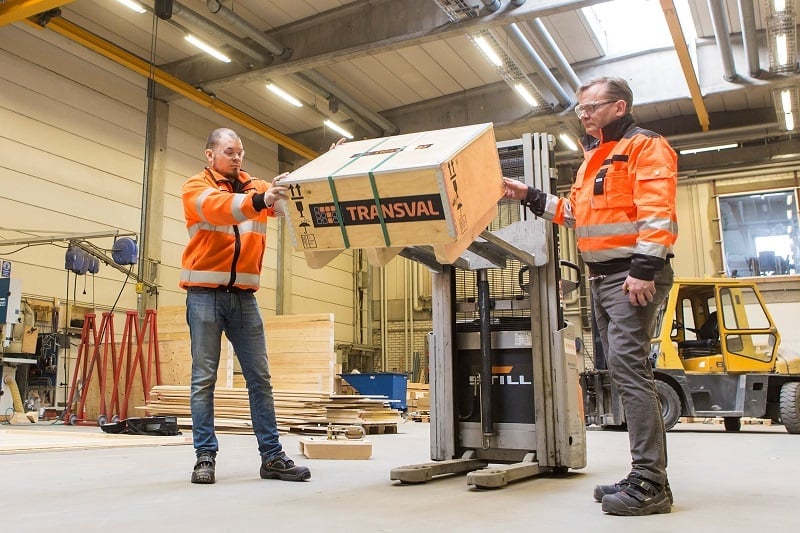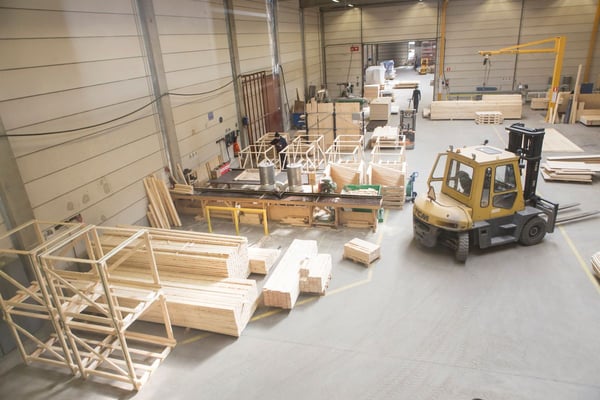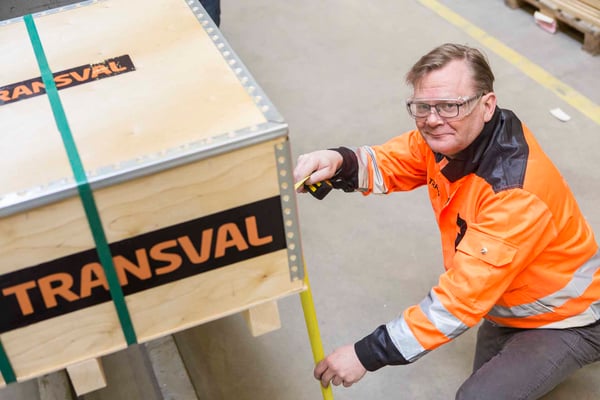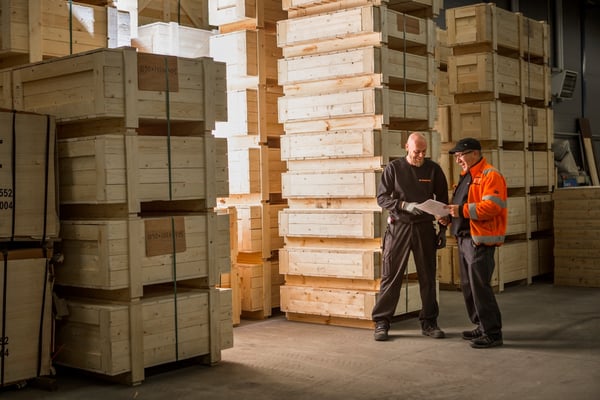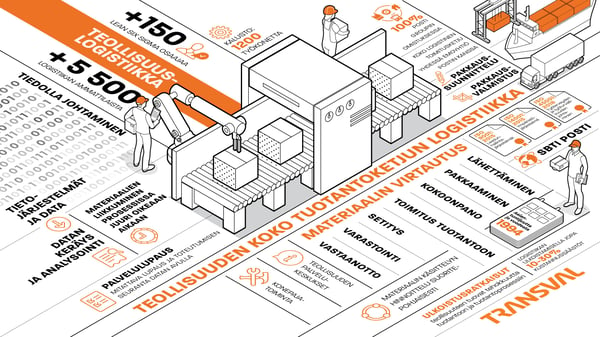"Another successful training session of the Packaging Basic Course No 81, I have more than 40 lectures of this course behind me. While preparing, I was able to flip through old materials and see how much the presentation and content has changed over the years," says Pekka Paavilainen, Packaging Solutions Specialist at Transval.
Today, the slide projectors from the first lectures look more like a prehistoric relic than today's visually striking presentations, and that's a good thing. In the first courses the title was "Wood as a packaging material", now it is "Packaging and technical protection methods". The buzzwords formerly used in the presentations - Eastern trade and the Soviet Gost standard - and my membership of the Soviet-Finnish Scientific and Technical Committee in the 1980s are now used mainly as a good interlude to cheer up the course participants. However, perhaps the biggest change has to do with the safety aspect. The first presentations focused purely on protecting the product from mechanical and biological stresses. The latest ones increasingly focused on handling safety, cargo safety and the importance of handling labels in the transport chain.
The most common shortcomings in packaging
The most common reasons for the increase in occupational safety risks are:
- Pallets or boxes in poor condition
- Incomplete or incorrect labelling
- Incorrect positioning of weight markings
The above packaging deficiencies all too often pose real safety risks to the handler, equipment and furniture. Nor can the risk posed by the presence of dangerous substances inside packages without proper warning labels be over-emphasized.
A living example of the importance of good packaging
Most of us in Transval are in daily contact with transport packaging in the course of our work. My most memorable and tangible moment was a decade ago at one of our customer sites. I was helping to open an incoming package. A hundred liters of water had leaked through the lid of the package, onto the plastic on the inside. The colleague and I lifted this plastic bag full of water off the product, pouring the water out of the flask. At the same moment, as the contents were revealed under the plastic, the warning label Explosive when wet appeared in front of our eyes. There were no warnings on the outside of the packaging.
I hope that this example will remind you of the impact that a small decision by one person can have on the safety of many. Thanks again to the organizer of the course, the Finnish Packaging Association. www.pakkaus.com
If you would like to check the safety of your own processes with the help of an expert, please contact our experts.
Pekka Paavilainen

